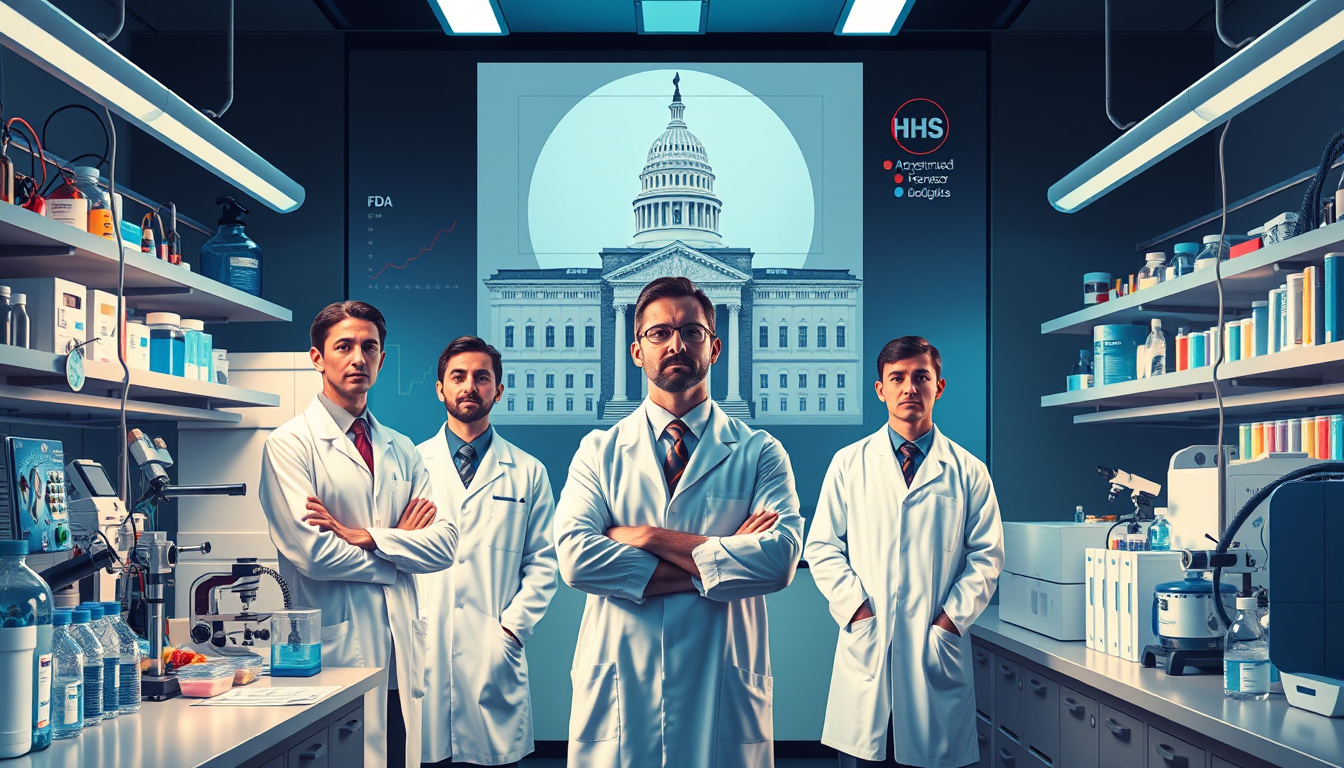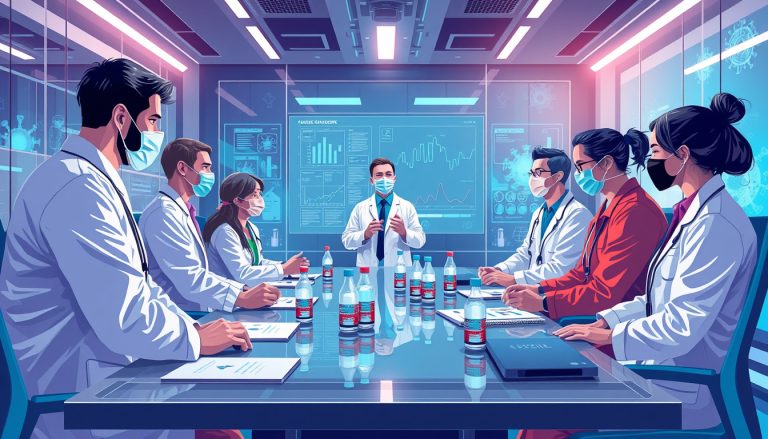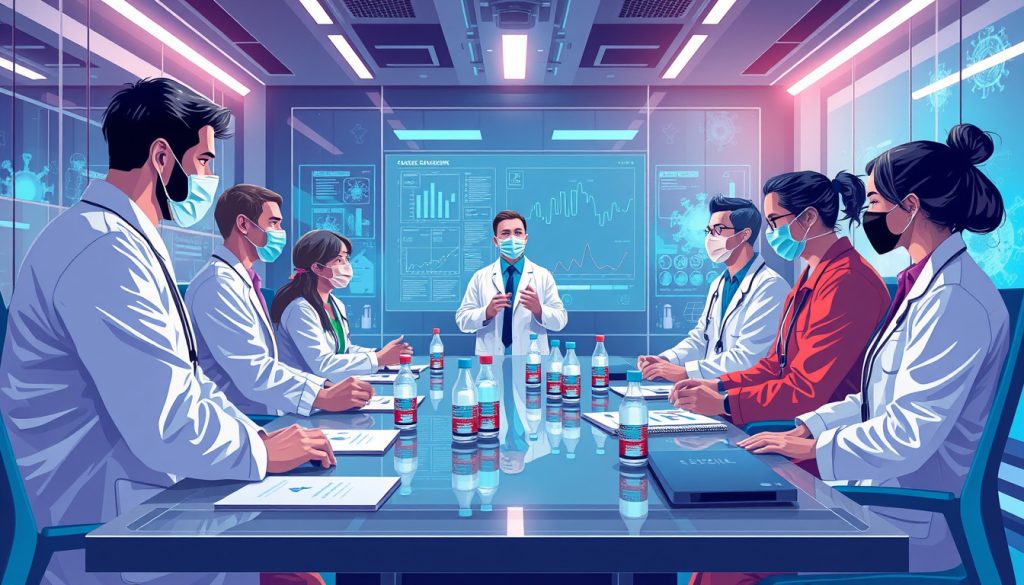This week has witnessed significant upheavals in the biopharma landscape, particularly with the recent announcement of major staff cuts at the Food and Drug Administration (FDA) and the Department of Health and Human Services (HHS).
These cuts, which include the notable dismissal of Center for Biologics Evaluation and Research (CBER) chief Peter Marks, are set to impact approximately 20% of the workforce, raising alarms among industry professionals regarding the potential delays in health policy formulation and drug approval processes.
As biopharma companies navigate this uncertain terrain, understanding the implications of these administrative changes becomes essential—not only due to concerns tied to regulatory timelines but also with respect to the broader research and development (R&D) initiatives in the sector.
Amid these challenges, the reestablishment of the R&D 15 initiative suggests a proactive approach to enhancing research efforts, underscoring the industry’s resilience and commitment to innovation.
In this article, we will explore the implications of the FDA and HHS staff reductions on drug approvals and biopharma R&D, while assessing the future landscape for the biopharma industry.

Key Takeaways
- Significant staff cuts at the FDA and HHS could slow down drug approval processes.
- The dismissal of CBER chief Peter Marks highlights leadership instability during staffing reductions.
- The revival of the R&D 15 initiative indicates a renewed focus on biopharma research despite ongoing challenges.
Implications of FDA and HHS Staff Reductions
The recent staff reductions at the FDA and HHS have generated significant buzz in the biopharma industry, particularly with the dismissal of CBER chief Peter Marks, a pivotal figure in vaccine approvals.
These cuts, which may lead to a 20% reduction in workforce, raise pressing concerns over the continuity of health policies and the efficiency of drug approval processes at a time when rapid responses are crucial.
The implications could be far-reaching, especially for developers navigating the complexities of marketing authorizations in an evolving regulatory landscape.
Moreover, as tariffs on biopharmaceuticals begin to roll out, industry professionals are keenly observing their potential impact on drug pricing and accessibility.
Adding to the uncertainty, Novavax’s delayed approval packet has sparked anxiety amongst COVID vaccine manufacturers, signaling risks that could reverberate throughout the sector.
On a more positive note, the revival of the R&D 15 initiative points towards a rekindled commitment to fostering innovation and research within the biopharma field, suggesting a potential pivot towards sustaining development and addressing unmet medical needs.
The Future of Drug Approvals and Biopharma R&D
As the biopharma industry navigates these turbulent waters, the focus remains on the future landscape of drug approvals and R&D efforts.
The potential downsizing within the FDA may inhibit timely reviews and expedite processes for new therapeutics, particularly those aimed at combatting public health crises.
Additionally, emerging regulatory frameworks may adapt to mitigate the impact of workforce reductions, but stakeholders eagerly await specific guidelines that could shape this transition.
The interplay of tariffs on biopharmaceuticals introduces further layers of complexity, prompting companies to reassess their supply chain strategies and pricing models to maintain competitiveness.
While the sector grapples with these challenges, industry insiders remain cautiously optimistic about regenerative initiatives like R&D 15, which underline a collective commitment to innovative solutions.
These developments highlight the importance of agility in both manufacturing and research, cementing the notion that navigating change will require a synergistic approach across scientific, regulatory, and commercial domains.















